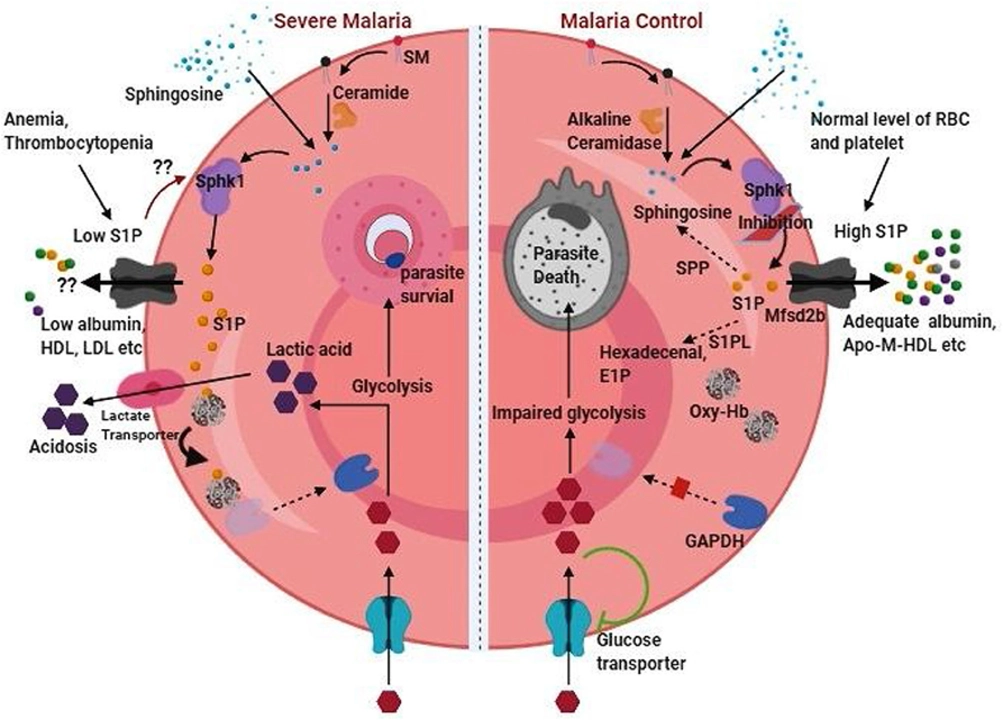Malaria Treatment Guide – What Works Best and How to Use It
If you think you might have malaria, acting fast can save you from serious complications. The first step is to get a proper diagnosis – a quick blood test will tell if the parasite is present. Once confirmed, the right medication starts working within hours, easing fever, chills and headaches.
Common Antimalarial Medications
The world of antimalarials has changed a lot in recent years. Chloroquine used to be the go‑to drug, but many regions now have chloroquine‑resistant strains of Plasmodium falciparum. In those areas doctors prefer Artemisinin‑based Combination Therapies (ACTs). ACTs pair artemisinin with another partner drug, such as lumefantrine or amodiaquine, to clear the parasite quickly and keep it from coming back.
If you’re traveling to a place where ACTs aren’t readily available, alternatives include quinine plus doxycycline, mefloquine, or atovaquone‑proguanil (Malarone). Each has its own dosing schedule and possible side effects. Quinine can cause ringing in the ears and nausea; mefloquine may affect mood; atovaquone‑proguanil is usually well tolerated but costs a bit more.
How to Choose the Right Treatment
The best drug depends on where you got infected, how severe your symptoms are, and any medical conditions you have. For uncomplicated malaria in most of Africa or Southeast Asia, an ACT like artemether‑lumefantrine (Coartem) is recommended. Pregnant women should avoid mefloquine and take quinine with clindamycin instead.
Always follow the full course – even if you feel better after a day or two. Stopping early lets some parasites survive, which can lead to resistance. Take doses with food when required; for example, atovaquone‑proguanil works best on an empty stomach, while ACTs are fine with meals.
If side effects become intolerable, contact your doctor right away. Sometimes switching the partner drug in an ACT or adding a short course of doxycycline can help. Remember, self‑medicating without professional guidance can be dangerous, especially if you have a mixed infection with more than one malaria species.
Besides medication, supportive care matters. Stay hydrated, rest, and keep track of your temperature. Over‑the‑counter pain relievers like acetaminophen can ease fever, but avoid NSAIDs if you’re on certain antimalarials that affect the liver.
Prevention is still the best strategy. Use insecticide‑treated bed nets, apply DEET‑based repellents, and take prophylactic drugs if you’re traveling to high‑risk zones. Many travelers combine atovaquone‑proguanil or doxycycline as a preventive measure before, during, and after their trip.
In summary, getting the right antimalarial quickly, finishing the full regimen, and watching for side effects are key steps. Talk to a healthcare professional as soon as you suspect malaria – they’ll pick the drug that matches your location, health status, and any other meds you’re taking. With proper treatment, most people recover fully within two weeks."
As a blogger, I cannot stress enough the crucial role Non-Governmental Organizations (NGOs) play in combating malaria. These organizations work tirelessly to raise awareness, provide resources, and implement preventive measures in areas most affected by this deadly disease. Furthermore, NGOs collaborate with local communities and governments to ensure a comprehensive approach to tackling malaria. Additionally, they are instrumental in conducting research and advocating for better policies to support malaria eradication efforts. In summary, NGOs are invaluable in the fight against malaria, making a significant impact on saving lives and improving global health.

